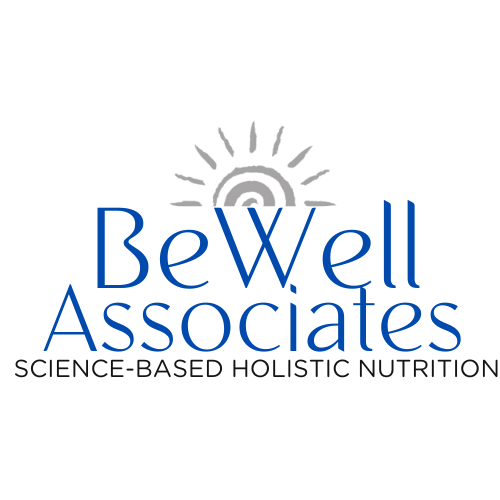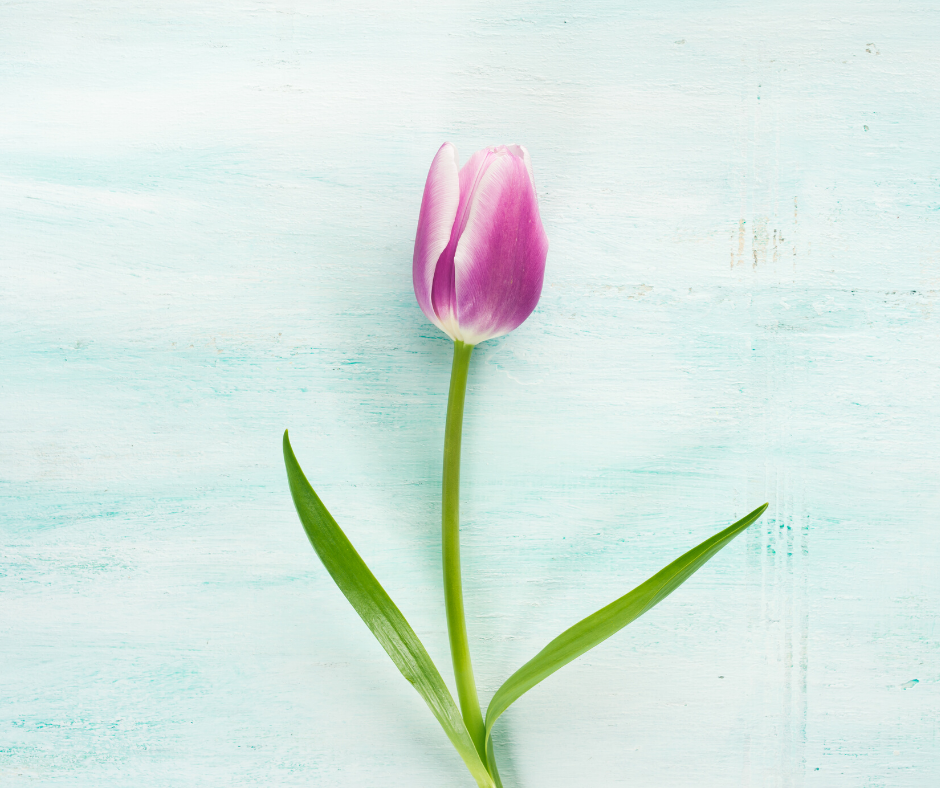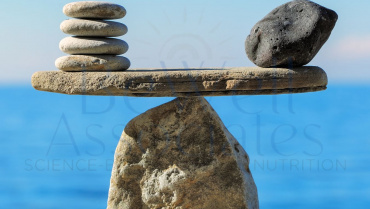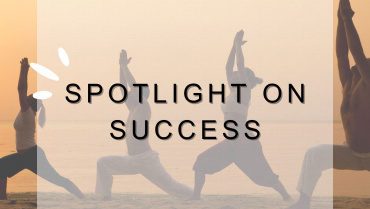Although we can’t control the world around us, there are things we can do to get and stay grounded and mindful during this time of dealing with the pandemic. We do have control over what we allow into our bodies and mind, and how we RESPOND to the world around us. Mindfulness teaches us how to do this.
Mindfulness benefits a range of conditions, including depression, anxiety, gastrointestinal issues, cardiometabolic concerns, addiction, and fatigue.
If you’ve been in my office, you’ve seen the saying, “Natural healing is about taking control of your life and being responsible for everything that goes in and out of your body, mind, and spirit.” This powerful message can ground us and put the responsibility to care for ourselves back in our own hands.
In this three-part series, we will discuss:
- The benefits of mindfulness
- How to cultivate self-awareness and mindfulness
- How to incorporate mindful movement daily
- Mindful and Intuitive Eating
- Mindfulness for Insomnia
Part One: Why be mindful and ways to practice mindful movement every day
Ever notice while driving that you’ve arrived at your destination without knowing how you got there? It’s easy to end up on auto-pilot and forget to live in the moment. When you’re lost in your thoughts, you miss so much. And a lack of self-awareness, a disconnection from yourself, leads to poor decisions, poor health, and poor relationships.
With so many demands competing for your attention or when you are just tired and overworked, you can easily fall into unrealized patterns of emotion and behavior. You might eat without checking in with yourself to see if you’re even hungry, or you may stay up too late, and then more easily REACT without thinking.
“Self-awareness [mindfulness] is the ability to take an honest look at your life without any attachment to it being right or wrong, good or bad.” —Debbie Ford
Mindfulness, or self-awareness, is paying attention to your own emotions, needs, physical being, and reactions — without judging yourself. When you are self-aware, you are more capable of detecting specific patterns or triggers and can then take charge of how you respond, in a more healthy manner.
Awareness might look like:
- Knowing your current physical, mental, and emotional state in the present moment
- An Understanding of your past and how it affects you
- Recognition of your future intentions
Developing this type of powerful awareness allows you to choose your response each moment, rather than to react in old, unsupportive ways. You’ll choose healthy habits and make choices that are best for you.
Remembering to be mindful is a habit that takes time, so be compassionate with yourself. As you grow in your ability to be self-aware and conscious, you’ll naturally make better choices that will improve your health and overall happiness.
Tools for Growing a Mindfulness Habit
Mindfulness techniques offer ways to ground yourself in the present moment, increasing the self-awareness that leads to good decisions.
There are many ways to practice mindfulness, so experiment to see what works best for you. You can journal first thing in the morning or last thing before bed to get your thoughts out of mind and onto paper— or practice breathing exercises, yoga, qi gong, tai chi, mindful walking, guided imagery or meditation. The idea is to take make a deliberate practice of connecting with your inner self every single day.
The activities you do in the course of daily life are also great opportunities to practice mindfulness. Your mindfulness practice could be while eating, washing dishes, showering, listening to music or a loved one, or playing.
How to Incorporate Mindful Movement into Every Day
Movement is essential, and even more so during this ‘new normal’ we are living. Every body needs movement every day. Your new schedule may have put you at a computer much more than you’re used to, making conscious movement even more critical now.
Think about your body, in constant motion – the circulation of blood, the digestion of food, the production of energy, the healing or rejuvenation of muscle and tissues, etc. Movement is healing to the body and mind, as stagnation of the body leads to stagnation of the mind. So, make sure you are utilizing what you have at home to keep this natural flow. Take walks, use the stairs, use soup cans as weights if you don’t own any.
Mindfulness brings a whole new dimension to movement. You move every day — to do the laundry, carry the kids, or organize the closet, etc. Rather than moving just to accomplish a goal, practice moving mindfully, with self-awareness, to bring you into the present moment. This practice can bring a more harmonious, relaxed, and calm feeling.
Formal practices, such as yoga, qi gong, or tai chi, help connect your breath to your physical body. You can practice being aware of your breath anytime.
When taking a walk, notice each muscle as you move.
- Which muscles need to be lightly stretched and how can you work another set of muscles more?
- Which muscles are being used as you go up the hill, down the hill?
- How do your joints feel?
- Is your core firmly held?
- Are your feet carrying your weight evenly?
Do you feel connected to Earth and grounded? Be aware of your body and how it feels while always focusing on your breathing.
Choose to tune in every day for a few minutes to check in with your body and mind. Try out a mindfulness practice to help you stay connected to your inner self. Transform daily tasks to mindfulness opportunities.
In parts two and three of this series, we’ll look at mindful eating and how mindfulness can address insomnia issues.





Add Comment